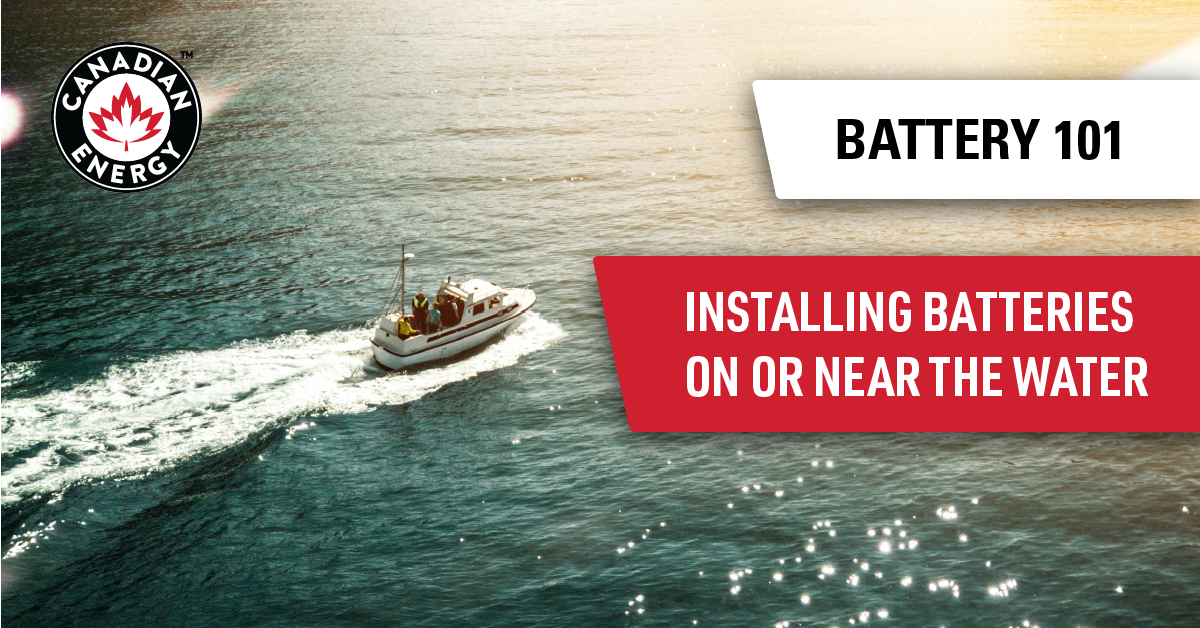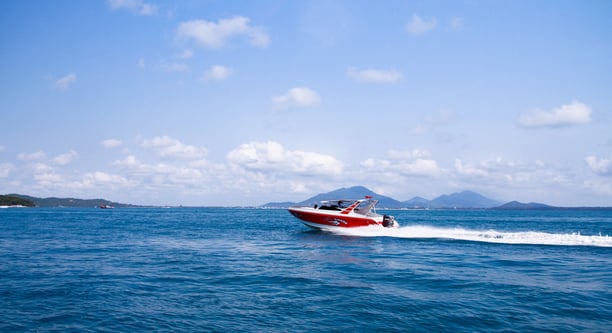How Do I Properly Install Lead-Acid Batteries On / Near the Water?


Installing batteries in Marine applications requires some special attention, especially when you're on or near salt water.
The main concern when installing batteries near water is keeping the marine atmosphere away from any exposed terminals or connections.
Here are a couple tips to make sure you’re prepared to install your batteries safely:
- The cables used should be marine approved and, if possible, should be tinned copper. If you use any other cable type, be prepared to spray and coat both the cable and connections with silicone or grease, such as Vaseline.
- Use silicone lined heat shrink tubing to cover the terminal connections to protect against corrosion.
It is most important to keep water away from the top side of your batteries. If water gets onto the terminals, the battery will discharge extremely quickly and you may be left stranded on the water.
All water is corrosive to batteries, and continued exposure will break down the battery with rust.
CAUTION: Do not allow battery electrolyte to mix with salt water. Even very small quantities of this combination will product chlorine gas, which can be fatal.
Check out Canadian Energy’s extensive selection of marine batteries: https://www.cdnrg.com/applications/transportation/marine-batteries
Or come into your nearest branch to ask what works best for you and your vehicle: https://www.cdnrg.com/locations/branches
